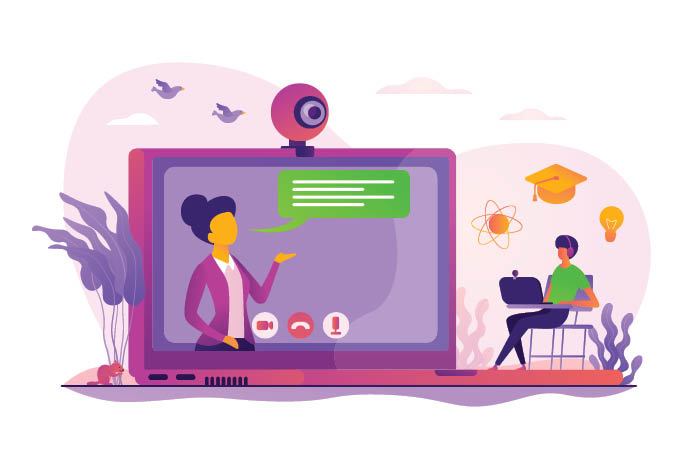Pins and Posts: February 2023
Virtual Tutoring Has Mixed Results

Tutoring is one of the most effective ways for students who need extra help to get it, but research from the Brown Center on Education Policy at Brookings shows that getting students to take advantage of tutoring remains a considerable challenge. The center studied virtual tutoring efforts at a California charter school organization and found that only 19% of students ever logged on, and students who failed at least one course were even less likely to do so. Engaging students and their parents through email and text messages significantly increased participation, but even then, only about one quarter of students ever logged on. “Students who are struggling academically may be less likely to take up optional educational programs, even if those programs could be particularly beneficial for them,” the authors write. “As a result, opt-in approaches may be unlikely to address the persistent and increasing disparities in learning between struggling students and their peers.” Read the full report at bit.ly/3UUgSbc.
Celebrating Staff

Cindy Sholtys-Cromwell, NASSP’s 2021 Digital Principal of the Year, loves to celebrate her staff members. She routinely shows her appreciation for them at Kelso Virtual Academy in Kelso, WA, where she is principal, and she did the same thing for her staff during her time at a traditional elementary school. After giving a well-received presentation at a state conference in 2019, Sholtys-Cromwell decided to launch “The School Celebration Newsletter.” “I started to send my newsletter out, and I kept getting requests: ‘Are you OK if I share this with people?’ That brought so much joy for me,” she says. Each month’s newsletter includes an introductory note and ideas for celebrations related to particular days of the month.
Federal Funds to Support Teacher Diversity

To ensure equitable outcomes for all students, state leaders must make concerted efforts to prepare, recruit, and retain teachers of color, according to a brief from The Education Trust, and federal funds are one resource leaders can use. COVID-19 relief for schools—Elementary and Secondary School Emergency Relief (ESSER) funds—requires states to submit plans for how to expand and diversify the educator pipeline. The brief highlights three promising uses of ESSER funds across the states:
- Investments in educator preparation programs (Georgia used $5 million to provide program fees, books and materials, certification preparation, and exam fees for an alternative certification program).
- Investments in teacher recruitment (Louisiana used $1.2 million to
support a pathway to recruit and retain teachers of color). - Investments in teacher retention (Connecticut used funding for
professional development opportunities such as diversity and
cultural competence training).
Read the full brief at bit.ly/3E38RtO.
NHS Chapter in Ukraine Carries On

A group of National Honor Society students and their adviser at Kyiv International School in Ukraine have continued to meet virtually despite war in their country. Adviser Rachel Geary says the students who didn’t leave after the war are working together to find worthwhile and meaningful things they can do as a group. “One thing I suggested to the kids is that maybe building our own community is a way we can help each other,” Geary says. “I can’t speak highly enough about these kids’ resilience and grit. Our school is K–12, but most of the students are seniors. They didn’t want to enroll in a new school this year because their lives have already been so disrupted. The students we have now are committed to the school, and their families are committed to Kyiv and Ukraine.”
